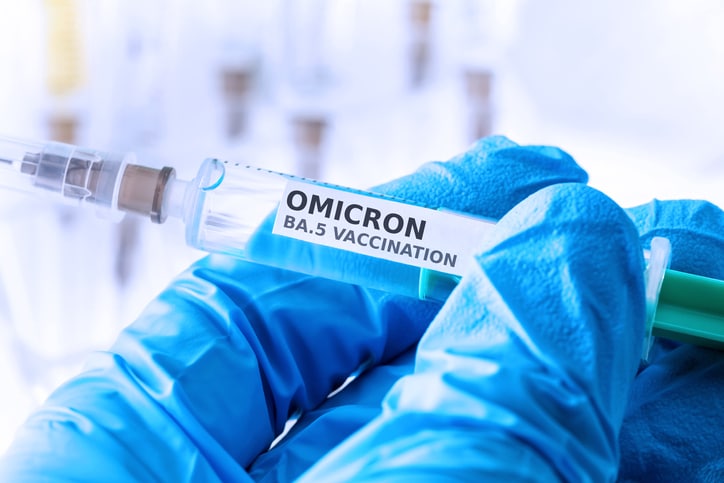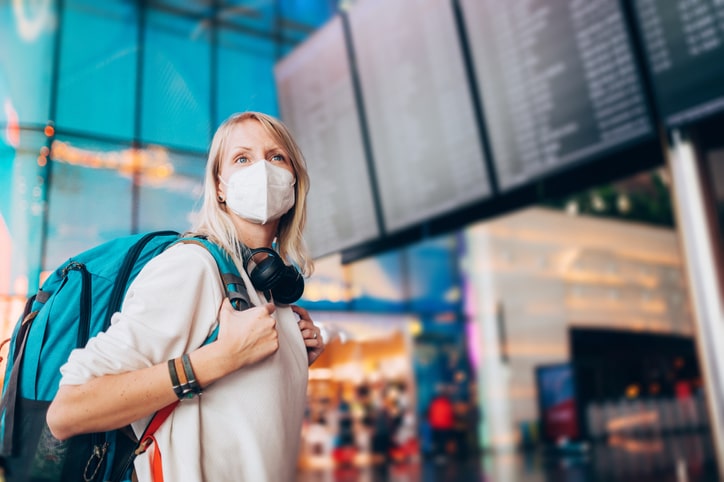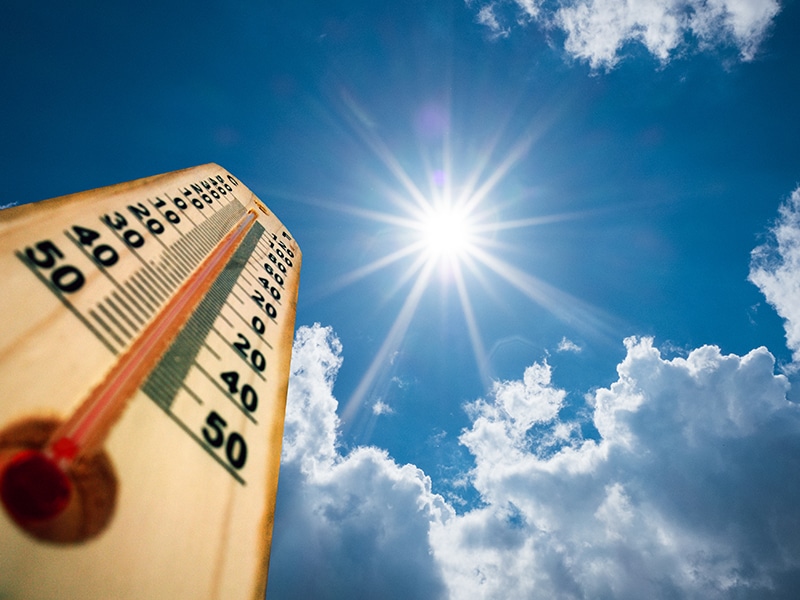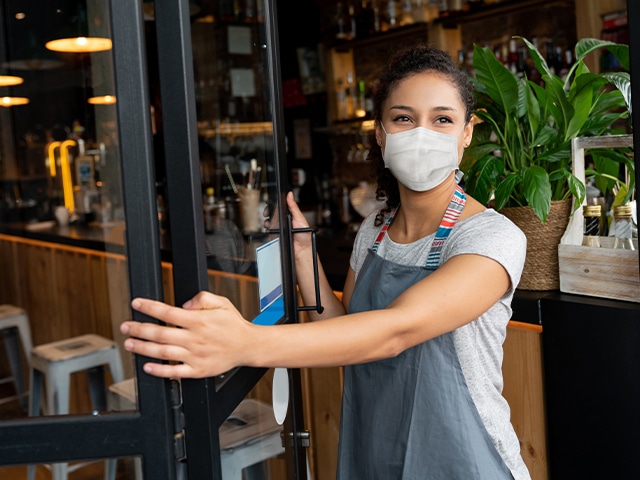The dog days have arrived in Texas, with the heat routinely hitting triple digits. And unlike last summer, COVID-19 cases are rising with the temperatures.
This time last year, case counts had bottomed out, and Americans were lining up for the brand-new vaccines. What’s more, there was the promise that COVID-19 might abate like the seasonal cold or flu.
But the virus is resurgent this summer, with the rise of the BA.5 variant, although it hasn’t reached the heights of Delta last fall and Omicron in the winter. Can warm weather really help stop the spread of infection as we were once told?
“It’s an enticing idea that the same would apply to the pandemic,” says Leslie Cler, MD, FACP, CPE, chief medical officer for Methodist Dallas Medical Center. “After all, the protective coating of the coronavirus — commonly found among some pathogens — seems to weaken with changes in heat and humidity. But this doesn’t seem to be the case with COVID-19.”

BA.5 DODGES DEFENSES
The newly dominant BA.5 variant is the most transmissible version of COVID-19 so far. And while it’s just as likely as prior Omicron strains to cause mild infections, BA.5 may be better at evading immunity. Unlike last year, when the vaccines were new, that immunity is far more widespread.
About 250 million Americans have gotten at least one dose of vaccine, while others have taken further precautions to get one or two boosters. Couple that with those who have been infected, and nearly everyone has some level of immunity, natural or otherwise.
That protection may very well prevent a serious COVID-19 infection and keep us out of the hospital, but it doesn’t make us immune, especially with BA.5 running rampant.
“The reason our bodies recover from other respiratory illnesses stems from the immunity we gain from prior exposure or vaccinations,” Dr. Cler says. “Our population does not have the immunity to the coronavirus in the same way.”
Until a vaccine is specifically tailored to the latest variant — and that could come as soon as this fall — we remain vulnerable to BA.5 and whatever variant becomes dominant next.
SPREADS EASILY INDOORS
Another factor adding to rising case counts could be that more people are spending time indoors, looking to get away from the intense heat. And in a public setting, such as a restaurant or coffee shop, that’s especially troubling since it can force strangers in closer proximity than is safe, allowing the coronavirus to spread more easily through respiratory droplets or even the air.
According to a report by The Harvard Gazette, people are more likely to be “rebreathing air in the room and from each other” in a space with closed windows and air conditioners turned on. It’s the same theory of why the flu hits hardest in the fall and winter — when cold weather forces people to stay indoors.

FOLLOW SAFETY GUIDELINES
Two-plus years into the pandemic, it’s easy to pretend life is back to normal. But letting down our guards would be a mistake, and we should all take precautions to protect ourselves and each other.
“Other than the vaccines, wearing masks and social distancing have been the factors most responsible for slowing transmission,” Dr. Cler says. “Those are things that everyone can work on, and they do make a difference.”
Without these interventions, communities may continue seeing cases rise this summer and into the fall.


